Introduction

Blog
However, it comes with its own problems and mistakes which are easy to make (and easy to amend).
If you don't recognise what these mistakes are you could find yourself hitting the dreaded 'brick wall' with your family research every single time.
Here are ten of the most common research mistakes and the steps you need to take to avoid them.
Like any task, it is useful to co-ordinate your research by having an end goal in mind. You may choose to have not just one end goal but a series of smaller goals, it's really up to you.
For example, if you are just looking for one family member then your goal will be to find out about them and their place in your family history.
However, if you are looking at your family tree more generally you may choose to have several goals to research different branches of your family tree.
2. Starting with the wrong information.
Genealogy is often compared to building a house: a slow and gradual process which you build up from the bottom. However, like a house, unless you have a strong foundation, your research will fall to pieces.
Before starting your research, make sure you have all the simple details pinned down. For example, the names and dates of birth of your grandparents and immediate family are all details which, if recorded wrong, will massively affect your research.
Double, triple, even quadruple check your information before you start by using multiple sources. That way, even if your research is not successful, you will have peace of mind that you at least had a solid foundation.
3. Forgetting to ask family members.
One of the ways you can create your solid 'foundation' of research is by asking family members who are still alive.
Despite being one of the easiest ways to gather information about your families' past, it is something so many people forget to do.
You can undertake this research in several ways: seeing the relative face to face, filming them, telephoning them or even just asking them to send you any details by post.
Your grandparents' stories could help you to fill in any missing gaps in your research, and ultimately bring your family history to life.
4. Starting at the wrong end.
If you believe you are related to someone famous or well respected, it can be very easy to get over-excited and start from their family tree and work your way back to yours.
However, this is the wrong way to do it. By starting from you and working your way back up the tree, you will ensure you are looking at each generation correctly.
This method also encourages you to find proof of the connections between each generation, which is helpful if you would like to hand on your research to later generations.
The next time you try and link yourself to William Shakespeare or John Lennon, make sure you start at the right end!
5. Being disorganised.
However, it is hugely important that you make sure you are documenting your research properly in order for it to be credible. Here's some of the main steps you can take to ensure this:
- Any research documents you are using should have physical and digital copies, and be kept in folders. Ensure you have backups of all your documents.
- Detailed information on your sources should be properly noted, and be put in some sort of Excel spreadsheet or table.
- Keep a research log to ensure you don't repeat information and know what you need to do next.
- Every detail on your family tree should be updated as soon as you find new information, whether it is in an online or paper format.
By properly recording your research at every step of the way, you will be ensuring that future generations in your family can carry on your amazing work.
6. Trusting everything you see and hear.
It is very common in online research to come across documents which look like official and legitimate sources. However, you must always make sure you double check any sources you are using for your research.
Some sources are more reliable than others. For example, a birth certificate is more likely to have an accurate birthday and parent names than a death certificate (which has been filled out by someone else who may not remember accurately and is likely distraught over the death of a loved one).
There are also a lot of websites out there which claim to be publishing genealogical documents for free. In actual fact, a lot of these websites are just scams. If it seems too good to be true, it probably is.
When finding sources, always make sure you are using a trusted website. If you have any reservations about whether a site is legitimate or not, post a link on a genealogy forum and ask their opinion.
You should be wary of believing everything you hear from an oral family legend. For example, you may have heard that your great-great-grandfather was a wanted serial killer in his town. Although the basic facts may be true, family legends are often changed and altered as they pass down through your family.
Don't ever disregard family legends, just make sure you back up the story with further evidence such as newspaper articles and records.
7. Forgetting maiden names.
One of the most common mistakes people make when recording their family trees is forgetting to take into account maiden names.
Birth names can unlock a whole world of new information for future research. For example, in the past a lot of families used the mother's maiden name as a middle name for the eldest child.
If you were in a sitation where you had to find the right male ancestor from multiple options, you could use a maiden name to identify the right one.
8. Not taking into account different spellings.
If you are researching someone and struggling to find results, it could be that you are using the wrong surname.
Throughout history, family names have often been changed from one generation to the next...some only by one letter!
Census records have also made this research process difficult, as they were often recorded wrong on paper or in their transformation to digital records.
Here's an example of a surname that often gets misrecorded:
Clark...could become Clarke...which could become Clerke.
See how easy it is?
Hedge your bets and try out multiple phonetic variations to get more results.
9. Thinking you have to do it alone.
In your research, you will often get to a point where you hit a dead end and are tempted to give up altogether.
Don't worry if you have; we're all human and we all have these moments. In the wise words of Albert Einstein: "If we knew what we were doing, it wouldn't be called research."
The most important thing to remember about genealogy is that you are never alone in the process and can always seek help from others. There is a huge worldwide community of genealogists out there, and all you have to do is find them.
If you find yourself stuck with your research, you can reach out to members of the Genealogy community on:
- Forums
- The 'Genealogy' Subreddit
- Twitter chats
- Genealogy groups on Facebook
- LinkedIn Genealogy groups
10. Seeing only names and dates.
When you look at members of your family tree, all you will see on paper is a name and date of birth.
However, it is important to think of them off the paper as a living, breathing person. Someone who had their own story filled with hopes, dreams and regrets.
If you've found an ancestor on your family tree who you find particularly interesting, why not go beyond their name and date of birth to research them in a bit more detail?
With further research, you could find useful documents relating to your ancestor such as diaries, journals and photographs. These can all help to build up a picture of a person's story and really bring them to life.
Here are the key takeaways from this post:
- Always have a goal.
- Start with the right information.
- Ask family members for information.
- Start with you and work your way up the tree.
- Always be organised.
- Don't trust every source of research.
- Don't forget maiden names.
- Take into account different spellings of surnames.
- Remember you aren't alone in your research.
- Think of the human details behind the research.
Have any got other genealogy tips? Let us know in the comments below.
Main website: http://www.perane.co.uk/
Blog: http://blog.perane.co.uk/
Twitter: https://twitter.com/PeraneNCo
Facebook: https://www.facebook.com/PeraneNCo
Google +: https://plus.google.com/+PeraneCoUk/about
Pinterest: https://www.pinterest.com/perane/


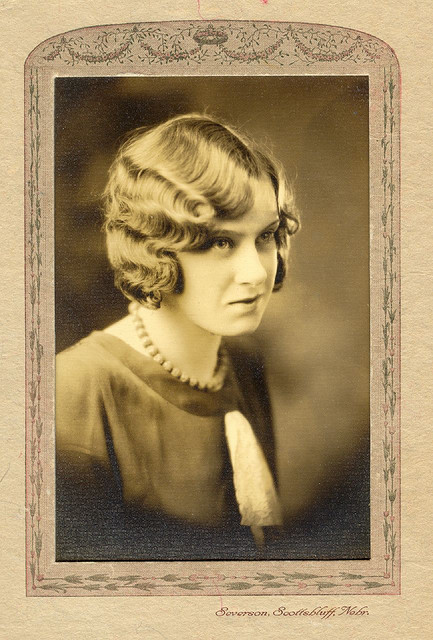

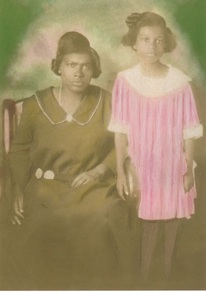
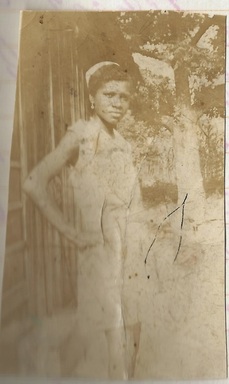
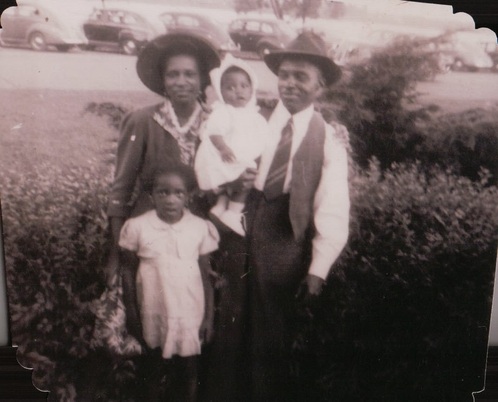
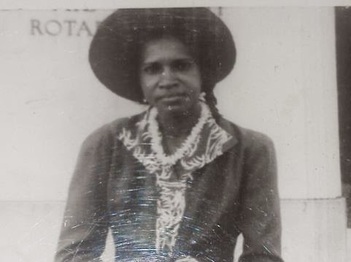
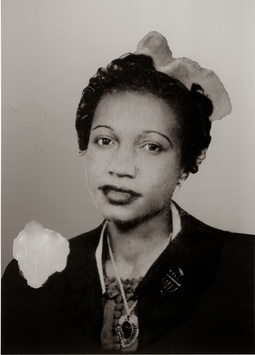
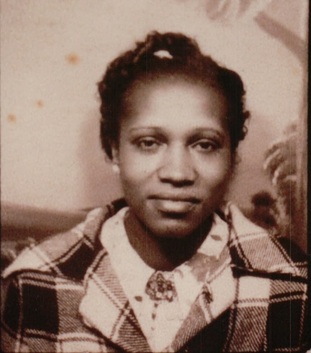
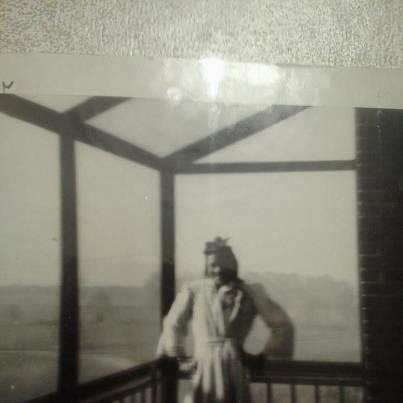
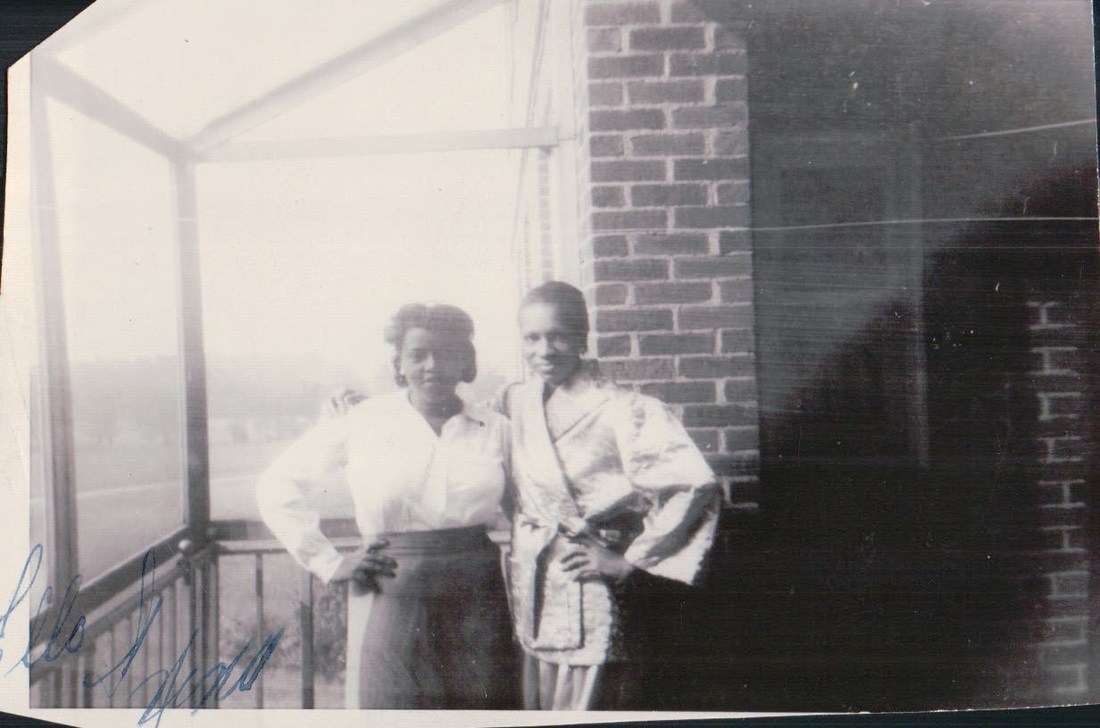
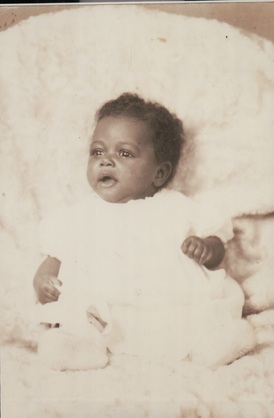
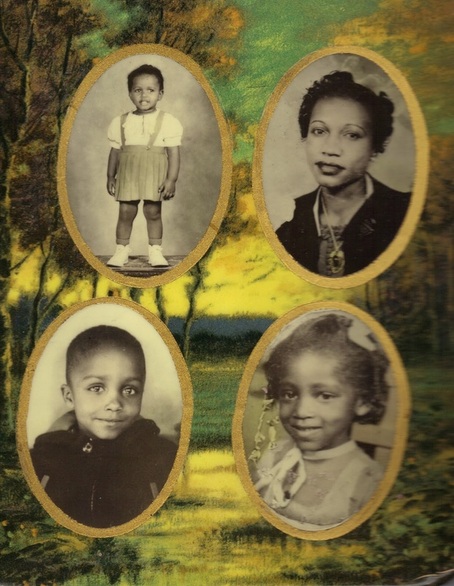
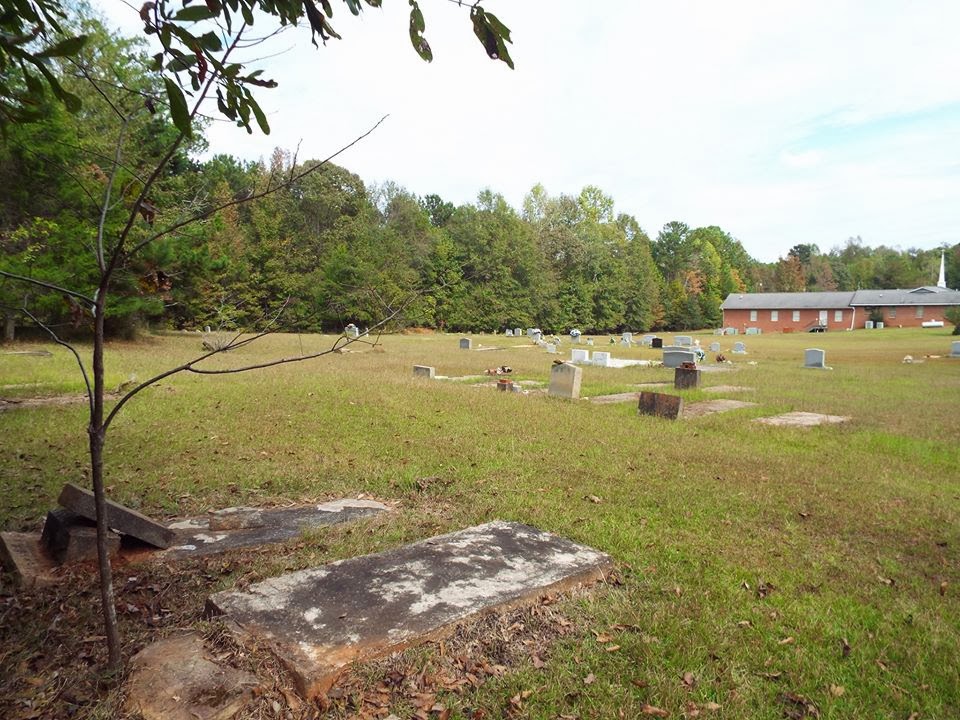

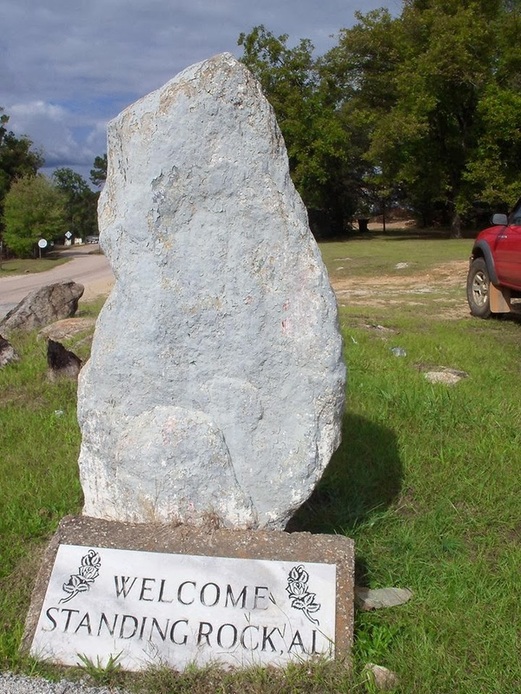
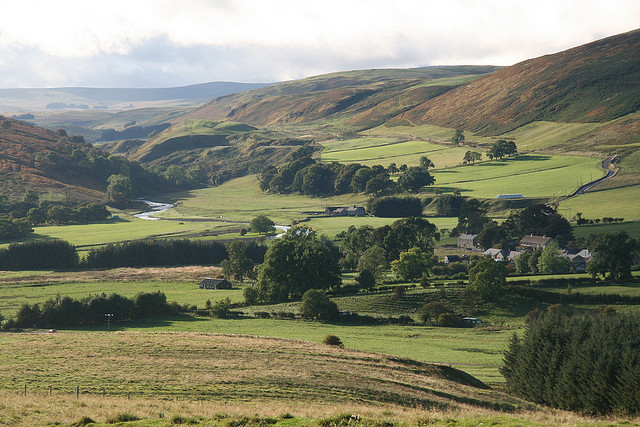
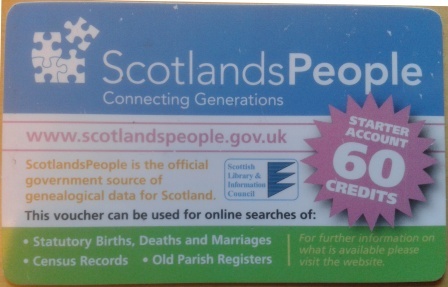
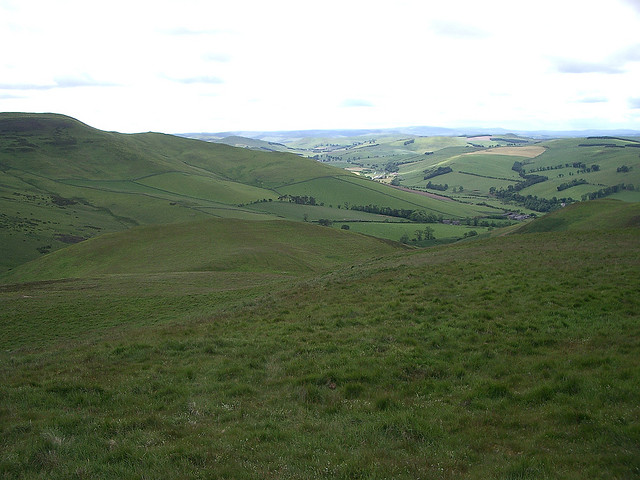


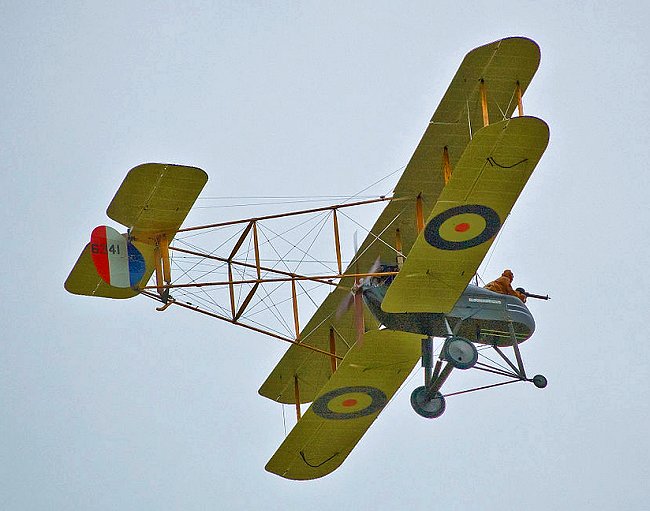
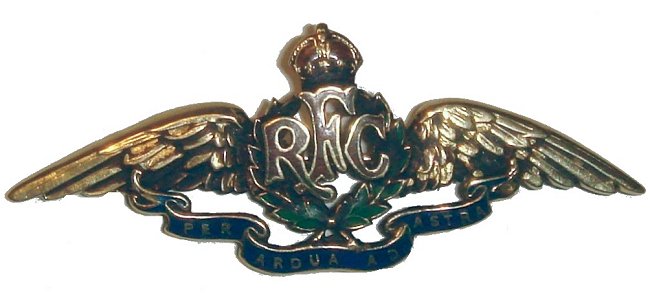
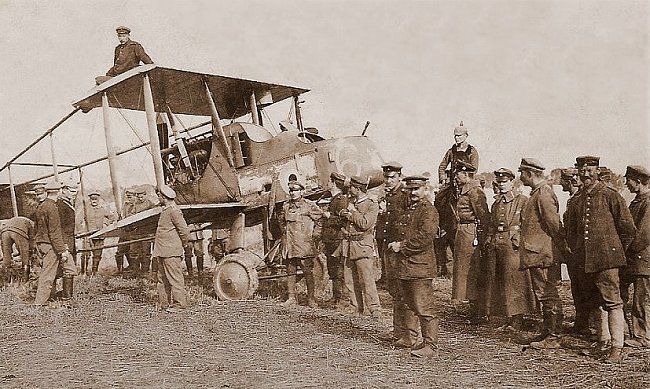
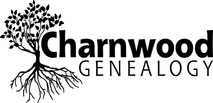
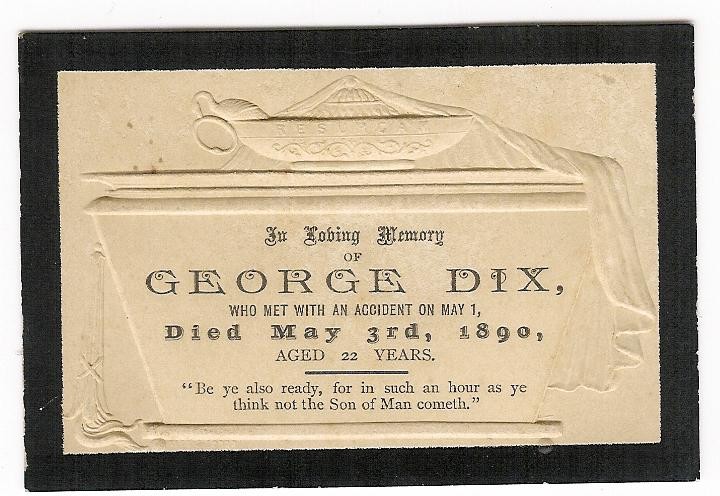
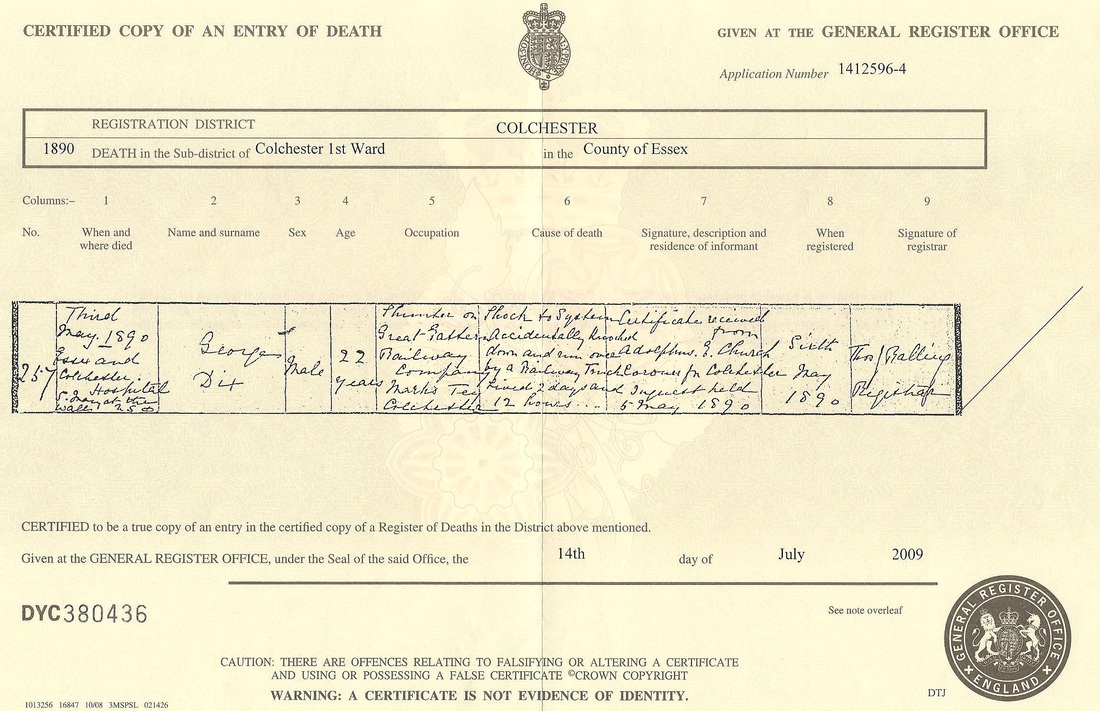
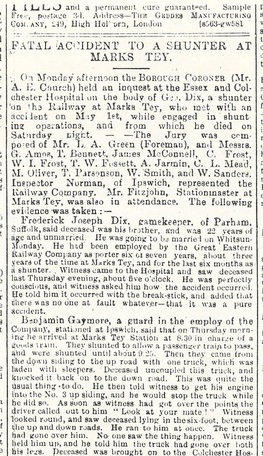
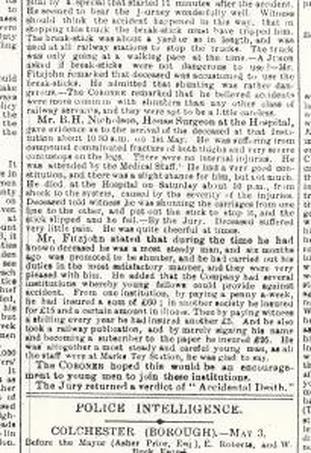
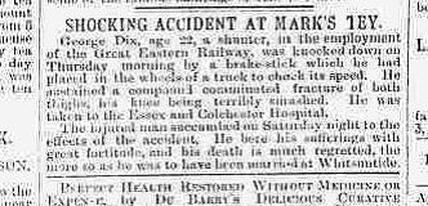
 RSS Feed
RSS Feed
